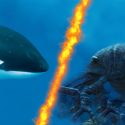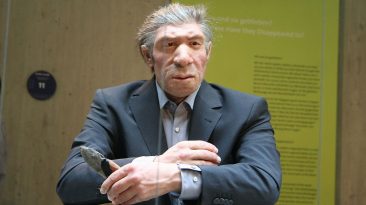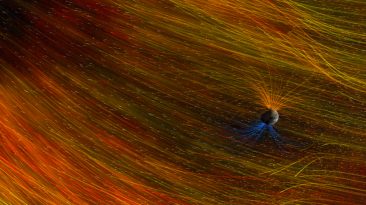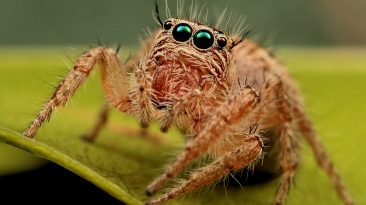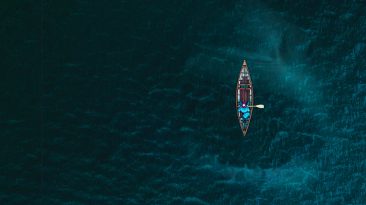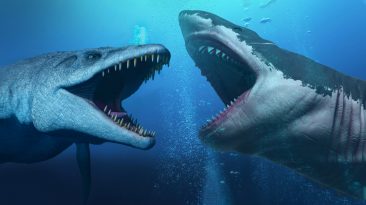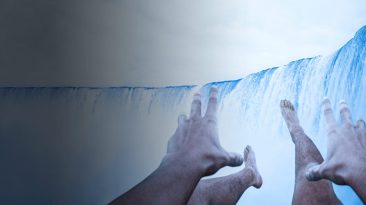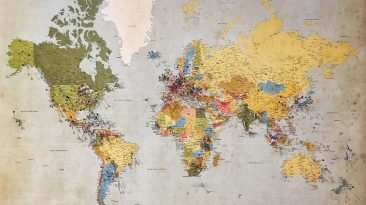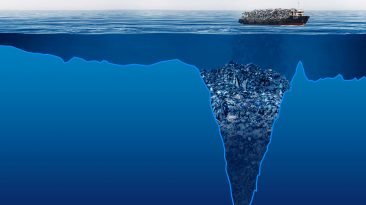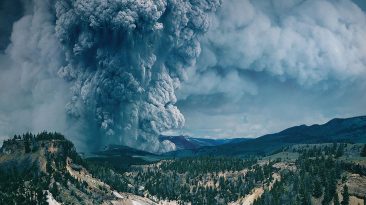Prehistoric Australia was not the sunny, laid back continent we know today. Between 126,000 and 12,000 years ago, during the late Pleistocene era, humans shared the land with terrifying megafauna: giant kangaroos, massive marsupial lions, enormous snakes, and birds that could easily intimidate even the bravest. Surviving alongside these creatures was no small feat. Daily life required constant vigilance and adaptability to avoid becoming prey.
The landscape itself could be as dangerous as the animals that roamed it. Here’s a look at seven remarkable aspects of this deadly world and how humans managed to survive.
1. Meet the Giant Herbivore: Diprotodon
The Diprotodon was the largest marsupial ever, measuring 3.8 meters long, 1.8 meters high, and weighing as much as a car. Its enormous head, equipped with banana sized incisors, allowed it to consume up to 100 kilograms of leaves, branches, and shrubs daily. Far from a threat to humans, this gentle giant played a critical role in dispersing seeds and shaping the ecosystem. Its light skull, filled with air pockets, allowed it to lift its massive head efficiently.

Diprotodons roamed widely across Australia and may even have migrated seasonally. These migrations may have influenced human movement patterns. Observing Diprotodon behavior could have helped humans locate safe grazing areas and water sources.
2. The Deadly Megalania
If the Diprotodon was a gentle giant, the Megalania was a nightmare. This giant monitor lizard, the largest land based lizard in history, could reach 5 meters in length and weigh over half a ton. A carnivorous predator, it hunted mammals, birds, and other reptiles. Its backward curving teeth and toxic saliva made it a formidable ambush predator.
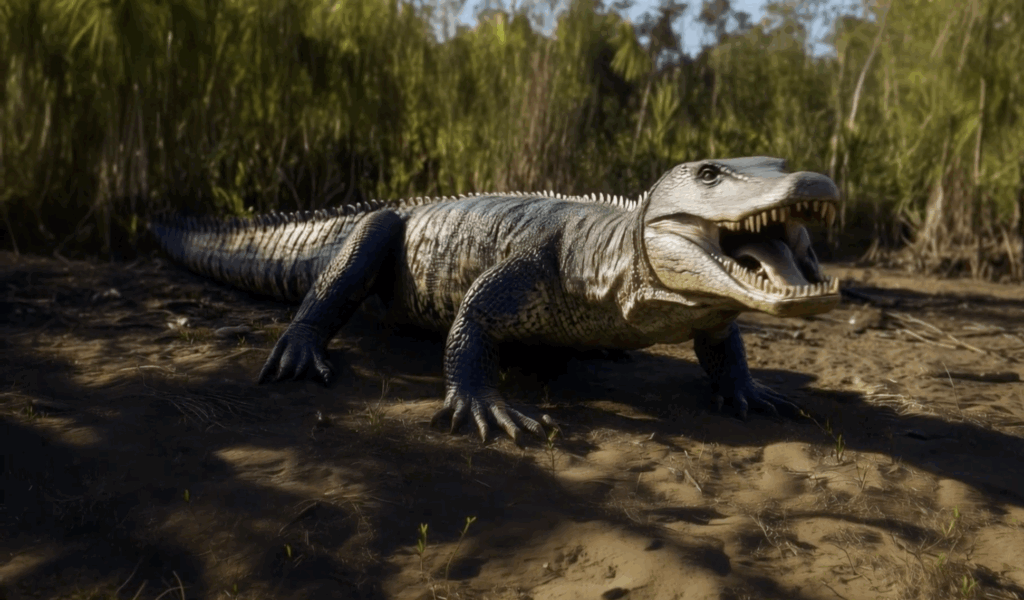
Megalania’s closest modern relatives include the Komodo dragon and the Perentie lizard, though fortunately none are as massive today. Its presence would have forced humans to remain alert in forests and grasslands. Tracking its movements may have been crucial for early humans to avoid deadly encounters.
3. Wonambi: The Giant Snake
The Wonambi, a 4 to 6 meter long constrictor, hunted by ambushing prey like kangaroos and wallabies at watering holes. Though non venomous, its powerful coils could suffocate victims. Scientists believe humans may have played a role in its extinction, which helped reduce the number of lethal predators humans had to contend with.
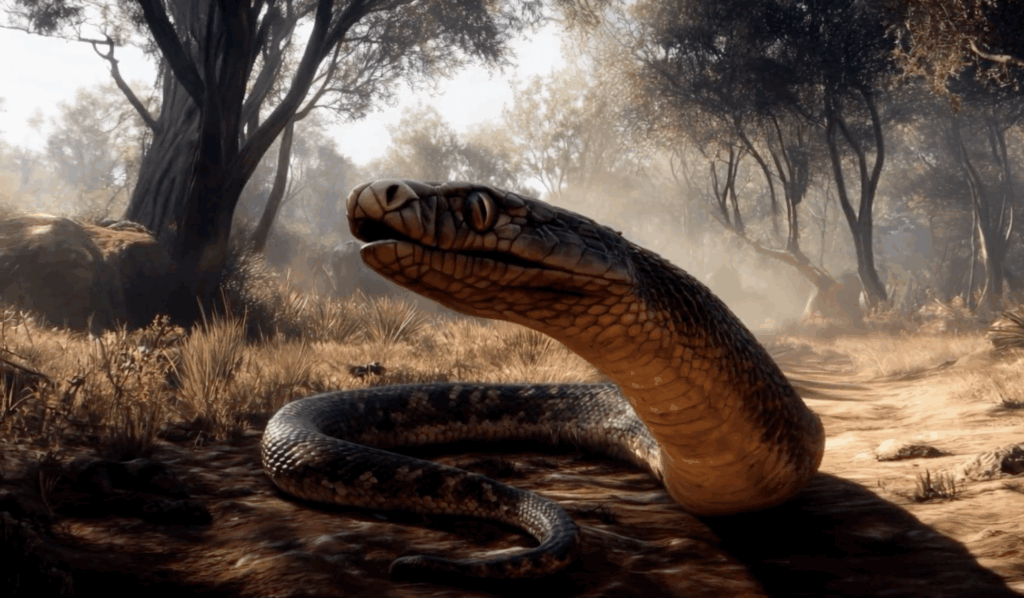
This snake would have been a constant threat near essential water sources. Studying its behavior likely gave humans valuable lessons in stealth and avoidance.
4. Thylacoleo: The Marsupial Lion
The Thylacoleo, a carnivorous marsupial with the strength of a 250 kilogram lion, was an ambush predator armed with sharp incisors, enlarged cheek teeth, and a massive claw for disemboweling prey. While not the fastest runner, it was a deadly hunter capable of taking down almost any creature in the Australian wilderness.

Its diet may have occasionally included plants, eggs, or bone marrow, but humans were firmly on the menu if encountered. Humans had to use strategy and cooperation to survive encounters. Evidence suggests that early humans likely observed its hunting patterns to avoid being attacked.
5. The Thunderbird: A Flightless Giant Bird
Standing over 2 meters tall and weighing up to 240 kilograms, the thunderbird couldn’t fly but was a fast and formidable runner. Fortunately for humans, it was likely a herbivore. Its massive eggs, weighing over 1.5 kilograms, provide clues about its diet and behavior.
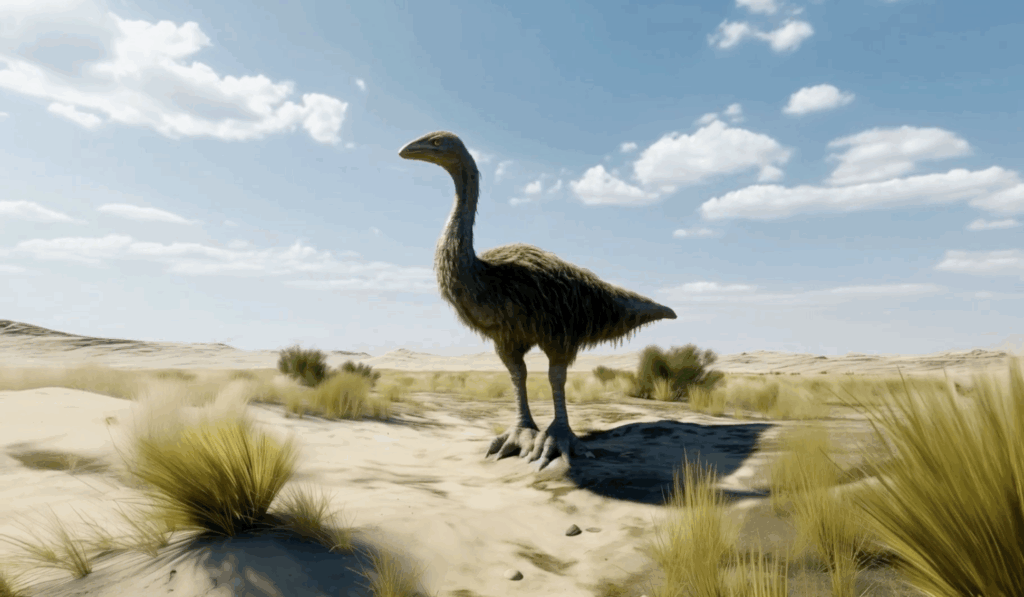
The thunderbird’s ancestors live on today as ducks and geese, a far cry from its prehistoric size. Despite being a herbivore, it could have injured humans if provoked. Observing its movements may have helped humans understand seasonal food sources and environmental changes.
6. Survival Tools of Early Humans
How did humans manage to survive alongside these megafauna? Fire and hunting tools were crucial. Early Australians likely used sharpened bones, spears, and nets to defend themselves and hunt animals. Shelters made of rock and bone protected humans from both predators and harsh environmental conditions.
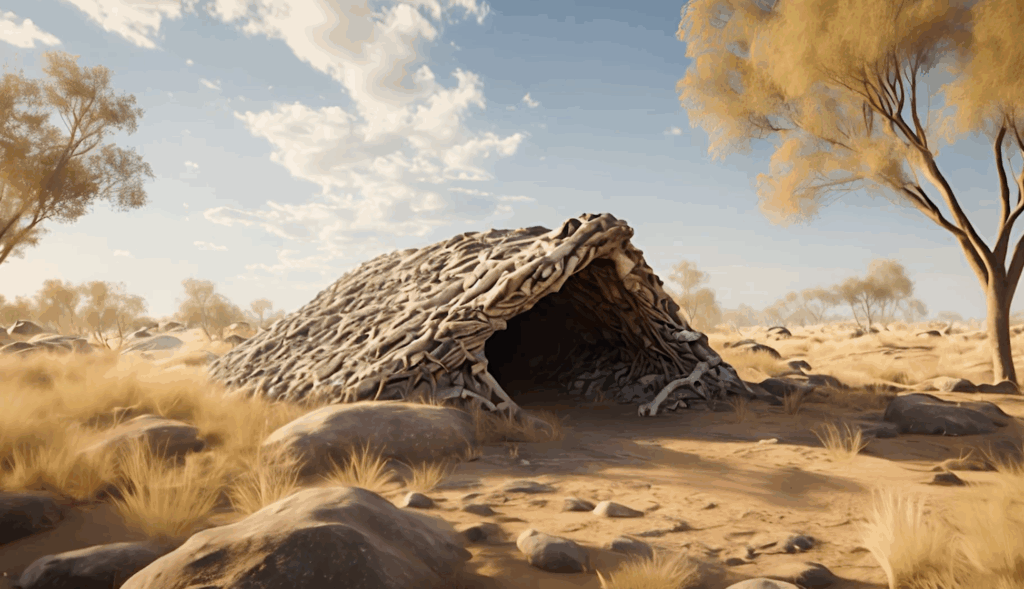
Coastal areas provided savanna like climates with water sources, while inland deserts challenged survival but also enabled migration via exposed land bridges. Humans also developed social cooperation to share knowledge and resources. Communication and planning were key factors in their long term survival.
7. What Killed the Megafauna?
Humans arrived in Australia around 65,000 years ago, introducing a new apex predator. Theories about megafauna extinction vary. The “Blitzkrieg theory” suggests rapid hunting by humans led to their extinction, but evidence shows many species coexisted with humans for up to 30,000 years.

This points to climate change at the end of the last Ice Age as a likely major factor. Warming and drying habitats would have dramatically impacted these massive animals, gradually leading to their disappearance. Habitat loss combined with human hunting likely accelerated the decline. The extinction of these creatures transformed ecosystems and allowed humans to dominate the land more effectively.



